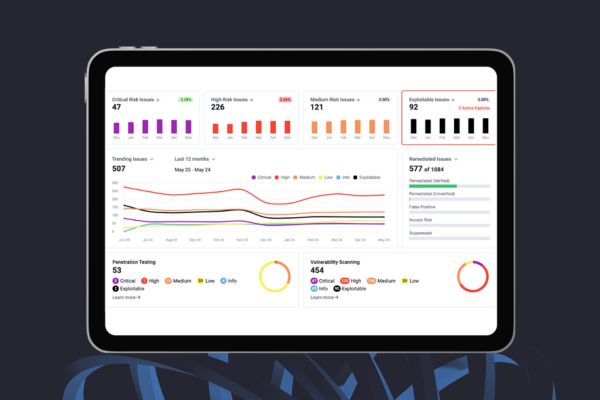In an increasingly connected world, our internet-facing systems are critical to the running of our businesses, and they’re often the first port of call for a malicious actor.
Regular testing of your external infrastructure, to highlight vulnerabilities that can be exploited, is an essential security measure.
Testing attempts to discover and expose system weaknesses within a specific brief, focused on web-facing technology such as firewalls, remote access gateways, and web servers.
Working with a strict scope, our consultants attempt to compromise specified hosts using non-destructive attack methods to gain entry to the network, escalate privileges and exfiltrate data where security weaknesses permit.


External infrastructure penetration testing aims to highlight vulnerabilities and misconfigurations of systems which could allow for access into the supporting network.
Although the method for each test may vary, the goal is ultimately the same – to assess the organisation’s security posture and understand how a threat actor could gain unauthorised access via exposed services.
Our consultants report on the technical vulnerabilities and provide guidance on activities to remediate, helping you to reduce the risk posed to your business and limit the likelihood of an attack.
Following the delivery of the report, the team are on hand for a follow-up call to clarify any areas of uncertainty.
Analysis and potential exploitation
Testing attempts to discover and expose system weaknesses within a specific brief, focused on web facing technology such as firewalls, remote access gateways, and web servers.
Working with a strict scope, our consultants attempt to compromise specified hosts using non-destructive attack methods to gain entry to the network, escalate privileges and exfiltrate data where security weaknesses permit.
External infrastructure penetration test overview
The following is typically included within the assessment:
- Host discovery and port scanning
- Vulnerability assessment
- Fingerprinting of services
- Exploitation and privilege escalation
- Password evaluation
- TLS/SSL analysis
- Identify security misconfiguration
- Exfiltration of data (if possible)
RECENT UPDATES
Let’s make things happen
Fill in the form and one of our team will be in touch for a no-obligation discussion or quote regarding your requirements.
info@cognisys.co.uk
Leeds office
5 Park Place
Leeds
LS1 2RU



